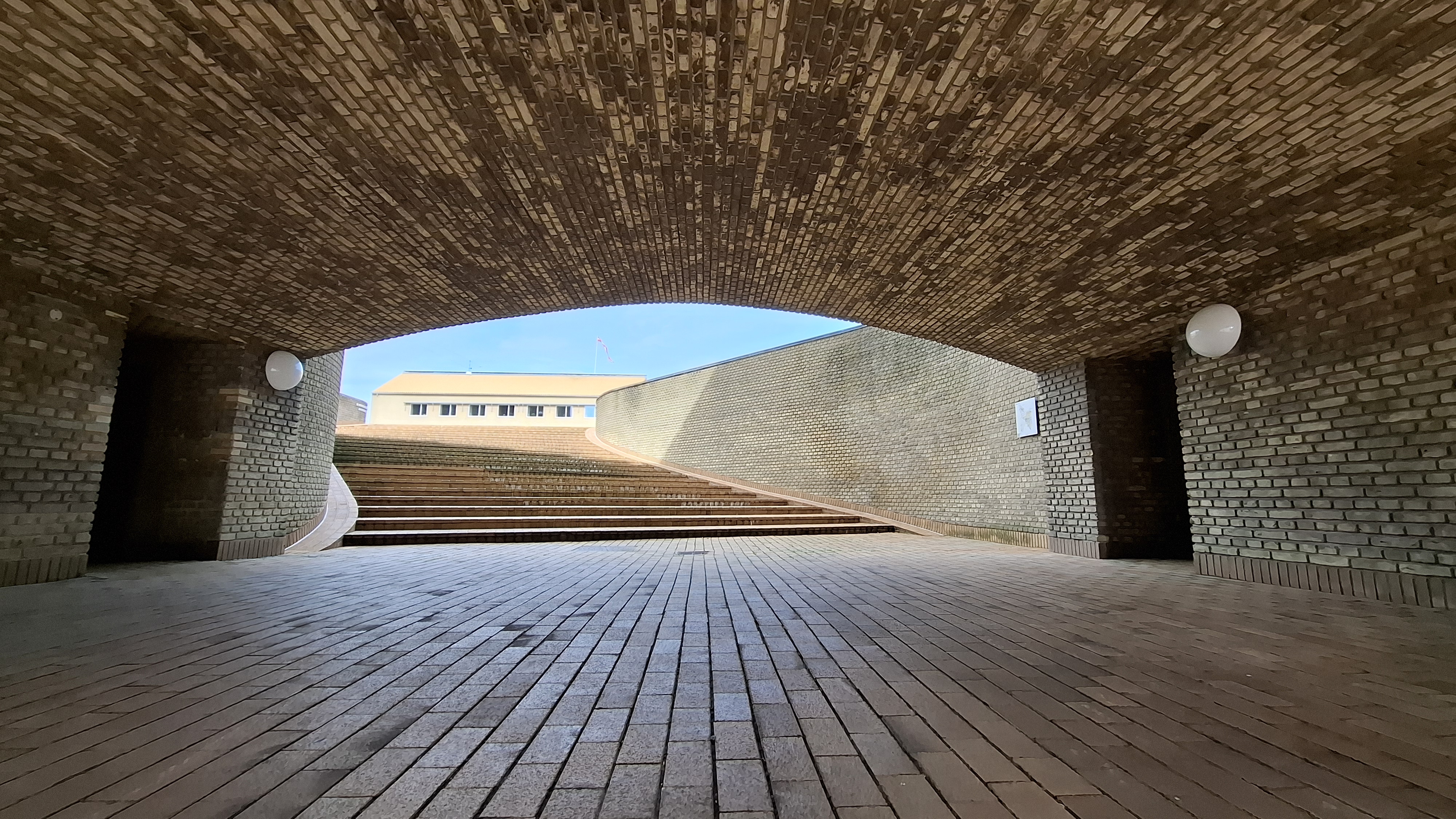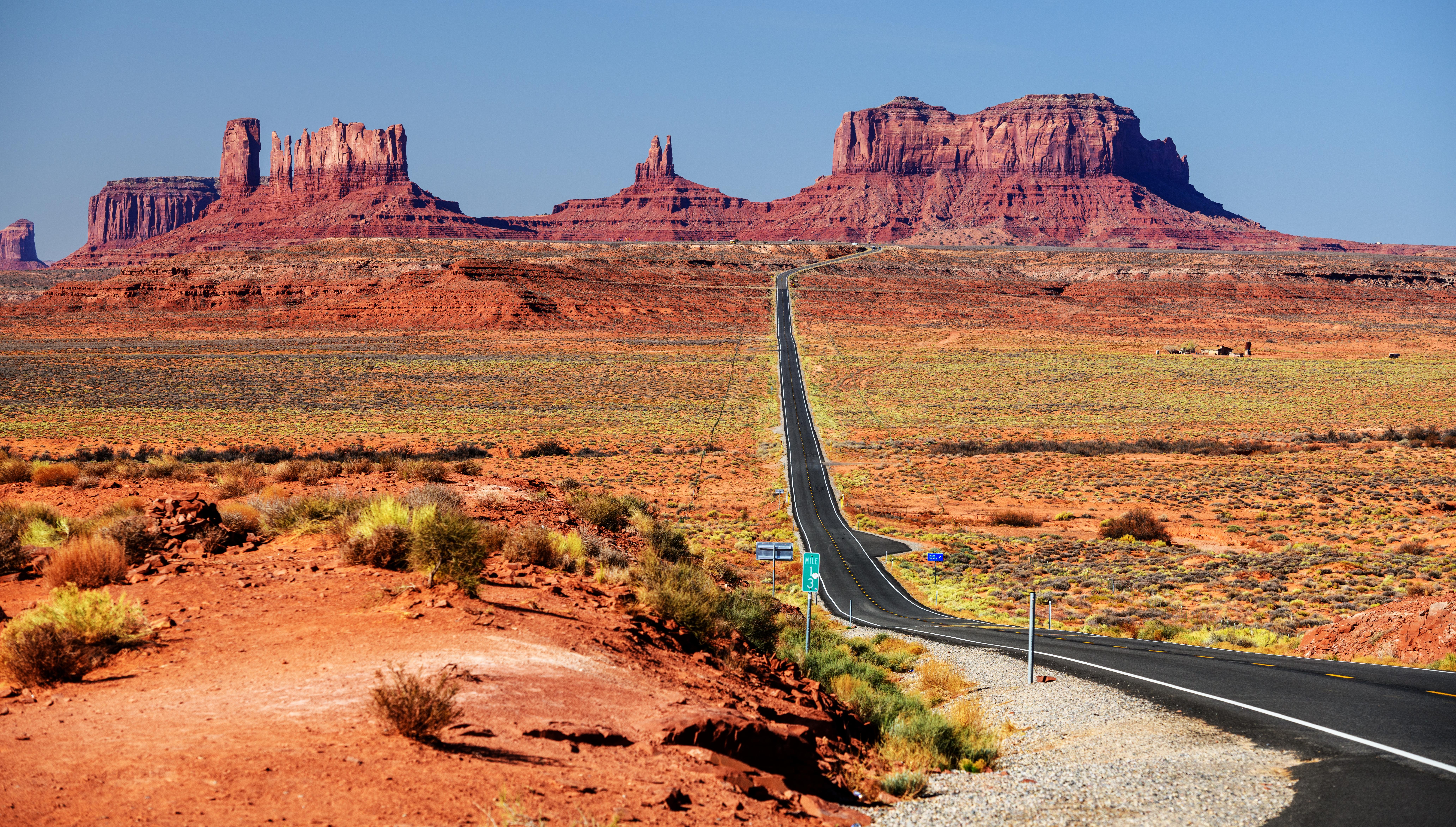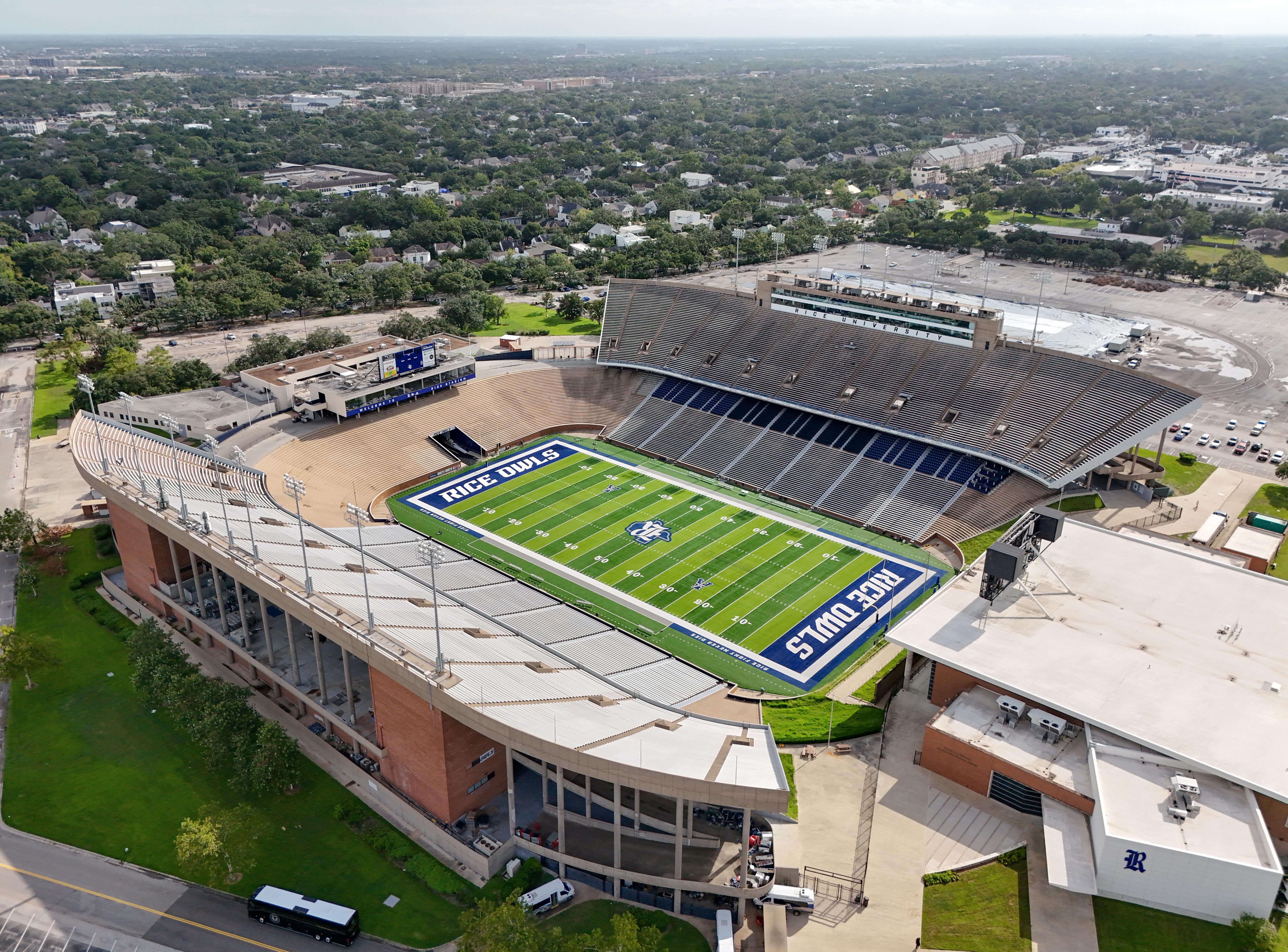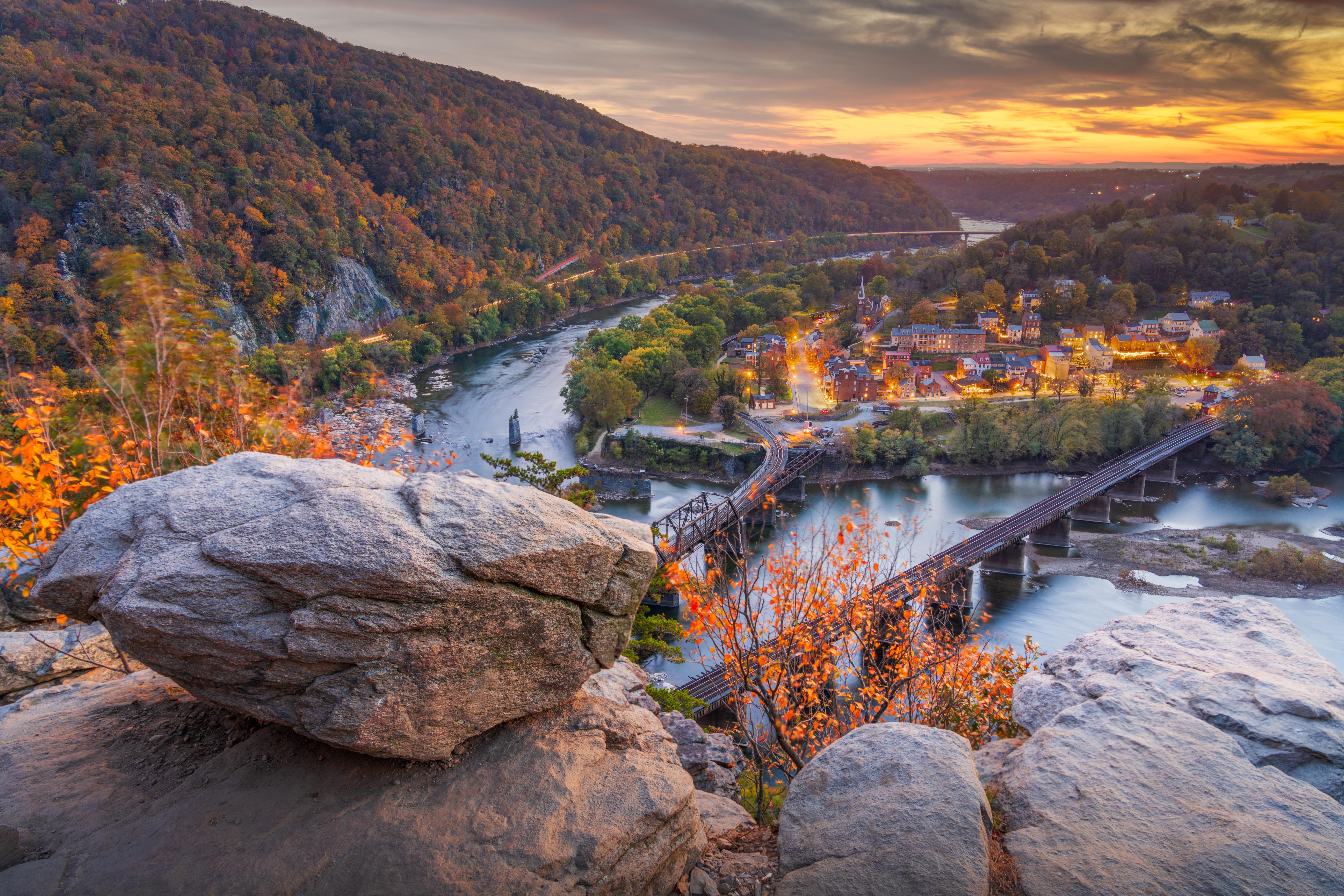Stop Suffering, Start Syncing: Master the 6 Habits for Effortless Time Zone Changes
In our interconnected world, the rhythm of time zones often dictates the tempo of our lives. Navigating this complex dance requires a subtle artistry, especially when crossing vast oceans and continents. The Sueño Seas, a metaphorical term for the dreamy expanse of global travel, challenges even the most seasoned voyagers with its demands on mind and body. This article delves into six subtle art forms that transform the daunting task of time zone navigation into a graceful dance. By mastering these skills, travelers can achieve a state of blissful harmony, ensuring that long-haul journeys become not just bearable but genuinely enjoyable experiences.
The Symphony of Sleep: Crafting a Restorative Routine

The first artistry involves orchestrating a sleep routine that harmonizes with your destination. Sleep is the conductor of our internal orchestra, and its disruption can lead to a cacophony of physical and mental discord. Begin by gradually adjusting your sleep schedule a few days before departure to align with your destination's time zone. This preemptive strike against jet lag ensures that your body’s circadian rhythms are not abruptly jolted by the shift in time. Utilize sleep aids judiciously—such as melatonin supplements or herbal teas—and create a calming pre-sleep environment. This symphony of sleep not only aids in recovery but also enhances alertness and mood upon arrival.
Nutritional Navigation: Fueling the Journey
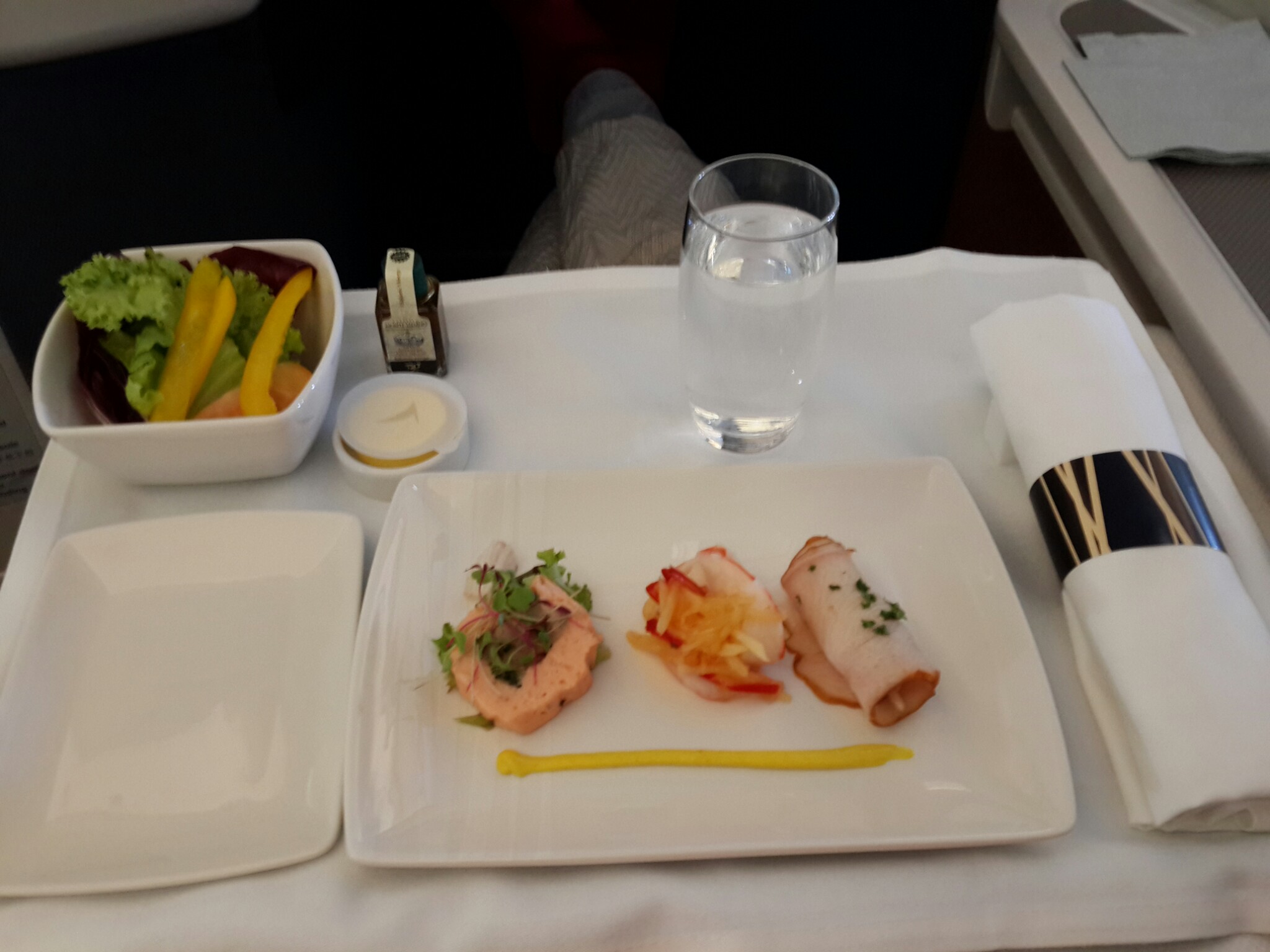
Fueling your body with the right nutrients is crucial for maintaining energy levels and mental clarity during long-haul travel. The second artistry focuses on dietary choices that support your body's adaptation to new time zones. Prioritize meals rich in proteins and complex carbohydrates, which provide sustained energy, and stay hydrated to combat the dehydrating effects of cabin air. Avoid excessive caffeine and alcohol, as they can disrupt sleep patterns and exacerbate jet lag. Consider the timing of your meals to align with your destination’s time zone, as this can help reset your internal clock. This strategic nutritional navigation ensures that your body is well-prepared for the demands of travel.
Mindful Movement: Embracing Physical Activity

Physical activity is a powerful tool in the time zone tango, aiding in the synchronization of body and mind. The third artistry involves integrating mindful movement into your travel routine. Engage in light exercises such as stretching or yoga before and during flights to improve circulation and reduce stiffness. Upon arrival, take advantage of natural light and engage in outdoor activities to help reset your circadian rhythms. Even short walks can have a significant impact, helping to alleviate fatigue and boost energy levels. This mindful movement not only enhances physical well-being but also contributes to mental clarity and emotional balance.
Technological Tools: Leveraging Digital Aids

In the digital age, technology offers invaluable support for travelers seeking to master the time zone tango. The fourth artistry involves leveraging digital aids to facilitate a smoother transition. Utilize apps designed to combat jet lag by providing personalized sleep and activity schedules based on your travel itinerary. Noise-canceling headphones and eye masks can create a personal oasis of calm, blocking out the distractions of a bustling cabin environment. Additionally, consider wearable devices that monitor sleep patterns and provide feedback on your body’s adaptation to new time zones. These technological tools serve as valuable allies in achieving a seamless and stress-free travel experience.
Emotional Equilibrium: Cultivating Mental Resilience

Travel, while exhilarating, can also be emotionally taxing, making the cultivation of mental resilience a vital artistry. The fifth artistry focuses on maintaining emotional equilibrium through mindfulness and stress management techniques. Practice meditation or deep-breathing exercises to center your mind and reduce anxiety. Embrace a flexible mindset, allowing for adaptability in the face of travel disruptions. Stay connected with loved ones through technology, but also take time for self-reflection and solitude. By nurturing your emotional well-being, you create a foundation of resilience that supports a harmonious travel experience, transforming potential stress into an opportunity for personal growth.
Cultural Connection: Embracing Global Perspectives
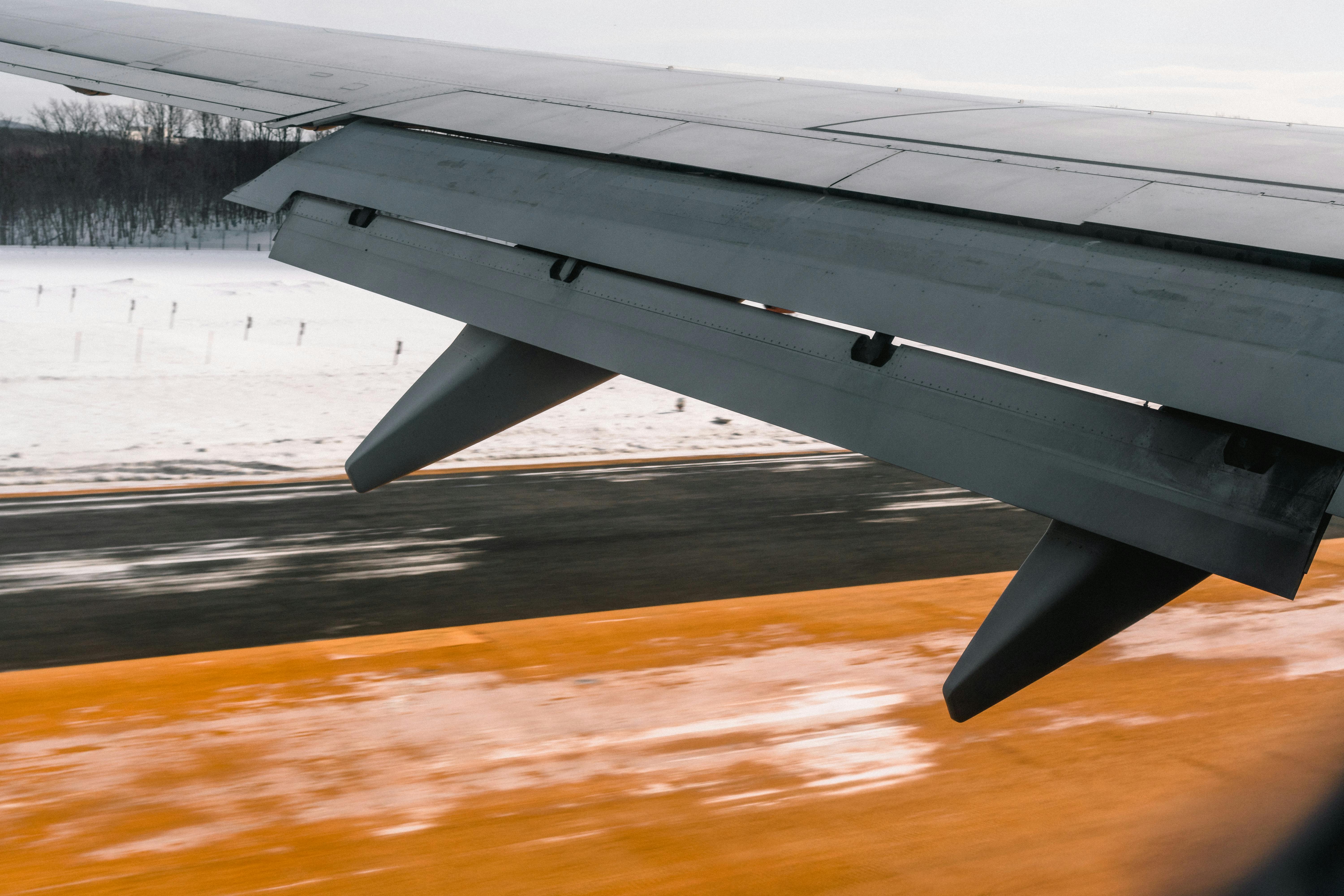
Finally, the sixth artistry involves embracing the cultural tapestry of your destination, enriching your travel experience beyond the physical journey. Immerse yourself in local customs and traditions to foster a deeper connection with the place and its people. This cultural engagement provides a sense of belonging and purpose, counteracting feelings of disorientation that can accompany time zone transitions. Learn a few phrases in the local language, savor regional cuisine, and participate in community activities. By opening yourself to new perspectives, you not only enhance your travel experience but also cultivate a sense of global citizenship, completing the harmonious dance of the Sueño Seas.




